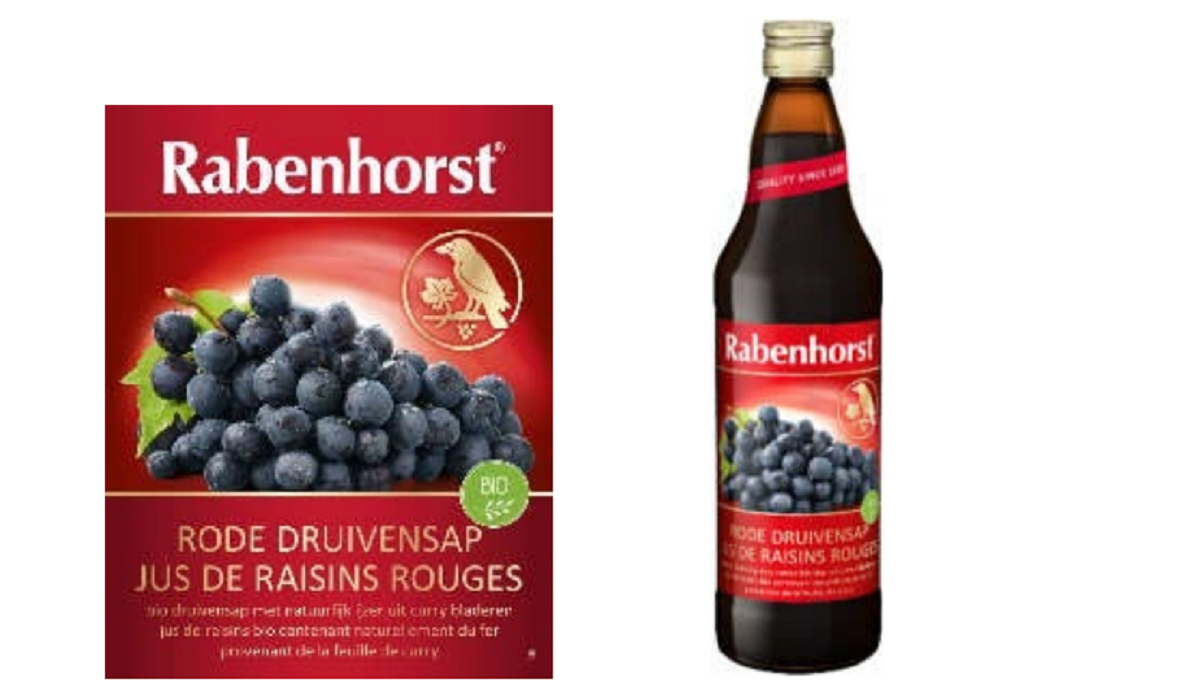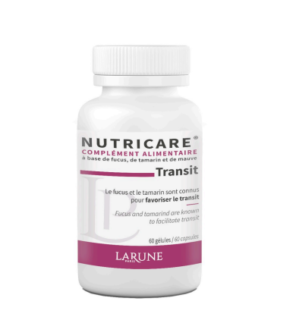
Quite a few Eu nations have once more expressed issues about how the ethylene oxide contamination incidents are being treated.
A number of international locations highlighted the top burden of required motion as extra merchandise are discovered to be infected at low ranges from other origins and described it as “not manageable.”
A Eu Union harmonized method used to be agreed on in 2021 and whilst it’s supported and adopted via the vast majority of reporting nations, it’s not absolutely implemented in follow via they all. This led to a couple officers wondering whether or not there in reality used to be a harmonized method and anger on the non-uniform implementation.
The EU place is that merchandise containing the additive locust bean gum infected with ethylene oxide want to be withdrawn or recalled to offer protection to the shopper. It had already been known as “disproportionate” with sure nations unsatisfied with the preparations, that have ended in hundreds of goods being recalled.
0 tolerance method criticized
The issue began in September 2020 with sesame seed merchandise from India. Within the EU, the usage of ethylene oxide to disinfect foodstuffs isn’t accepted. In 2020 maximum RASFF stories associated with sesame seed merchandise, however in 2021 various pieces had been reported, together with locust bean gum, guar gum and xanthan gum from Turkey, meals dietary supplements and spices. There were with reference to 50 RASFF stories to this point this yr as a result of ethylene oxide.

The newest assembly, in January, integrated mavens on pesticide residues, components and feed from EU nations, Norway, Switzerland, the Eu Meals Protection Authority (EFSA), DG Sante and EU Reference Laboratories (EURLs).
A number of EU member states highlighted issues as a result of other approaches. Knowledge used to be equipped on a RASFF-notified product that used to be recalled from customers in a single EU nation however now not in every other. Some other EU nation had a equivalent enjoy for a ready-to-eat meal.
Some EU nations mentioned they had been principally following up on RASFF stories however there used to be no or a restricted quantity of samples being taken underneath their very own tracking techniques.
The Affiliation of Manufacturers of Carob Bean Gum (INEC) mentioned it used to be “very involved” concerning the incident with individuals doing further analyses and controls to make certain that no carob bean kernels or pods coming into the EU had been handled with ethylene oxide.
Traceability or detectability?
For composite and processed meals, some nations are the use of a possibility evaluate method from a German Federal Institute for Possibility Evaluate (BfR) opinion or a calculated ethylene oxide most residue stage according to the percentage of the components within the composite product and evaluating it with ethylene oxide presence to evaluate compliance.

There used to be additionally fear concerning the loss of a degree enjoying box within the area for EU manufactured merchandise in comparison to imports. Whilst for home merchandise, non-compliant components can also be traced again, it’s not imaginable for imported pieces.
An EU Vegetation, Animals, Meals and Feed (PAFF) Committee that offers with pesticide residues is about to listen to comments at the ethylene oxide scenario at its subsequent assembly on Feb. 22 and 23.
Quite a few import measures were taken via the EU Fee with up to date law making use of starting in early January. Alternatively, a brief association has since been reached to supply a transitional duration till Feb. 17 to exempt newly affected imported merchandise from wanting a well being certificates in the event that they go through 100% sampling and lab research at border regulate posts.
Discrepancies within the analytical effects for ethylene oxide from quite a lot of labs within the EU and different nations have additionally been reported.
Lines of 2-chloro-ethanol (2CE) were present in calcium carbonate, which is frequently utilized in meals dietary supplements, however it’s unclear if contamination used to be from ethylene oxide use.
Companies within the dietary supplements sector are anxious concerning the loss of readability on checking out effects for ethylene oxide ranges on merchandise, consistent with a paper printed in 2021 via the Eu Federation of Associations of Well being Merchandise Producers (EHPM).
The gang mentioned detection of 2-chloro-ethanol is probably not a trademark of ethylene oxide contamination as assumed and may just come from different resources. It advised the EU Fee to check its way to managing the incident.
(To join a unfastened subscription to Meals Protection Information, click on right here.)
